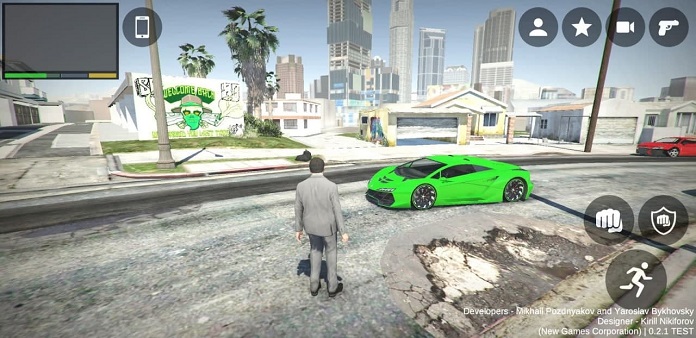

They have been working with the ROOT team since 2000. Despite being 8 time zones ahead of us, we have the feeling he has been sitting in the room next door since 1995.Īndrei and Mihaela Gheata (Alice collaboration) are co-authors of the ROOT geometry classes and Virtual Monte-Carlo. Masaharu Goto wrote the C++ interpreter CINT that was an essential part of ROOT before ROOT 6. Here we would like to thank our main co-developers and contributors: Over the last five years, many of our “customers” became co-developers. This is precisely how ROOT is being developed. The essence of that method is: “release early, release often and listen to your customers”. In 1997, Eric Raymond analysed in his paper “The Cathedral and the Bazaar” the development method that makes Linux such a success. We estimate the current user base to be around several thousand people. In the other sciences as well as the medical and financial industries, many people are using ROOT. Currently it is being used in all major High Energy and Nuclear Physics laboratories around the world to monitor, to store and to analyse data. Since its first public release at the end of 1995, ROOT has enjoyed an ever-increasing popularity. This gave us enough confidence in the new technologies to decide to continue the development. Finally, after about four months we had a histogramming package that was faster and more efficient than the well-known FORTRAN based HBOOK histogramming package. Again, a few weeks later we had another rewrite of the package without templates since we could only compile the version with templates on one single platform using a specific compiler. A few weeks later we had a rewrite of the same package using the, at that time, very new template features of C++. After a few weeks, we had our first histogramming package in C++. We knew that there is no better way to learn a new programming environment than to use it to write a program that can solve a real problem. In late 1994, we decided to learn and investigate Object Oriented programming and C++ to better judge the suitability of these relatively new techniques for scientific programming. 27.3 Special Documentation Elements: Directives.27.2 Converting Sources (and Other Files) to HTML.


Get resource root multi theft auto generator#
15.4 rootcling: The Cling Dictionary Generator.13.12 Generic Vectors for 2, 3 and 4 Dimensions (GenVector).12.20 Simple Analysis Using TTree::Draw.12.18 Example 5: Import an ASCII File into a TTree.12.17 Example 4: A Tree with an Event Class.12.16 Example 3: Adding Friends to Trees.12.15 Example 2: A Tree with a C Structure.12.14 Example 1: A Tree with Simple Variables.12.13 Examples for Writing and Reading Trees.12.12 Adding a Branch with a Collection.12.10 Adding a TBranch to Hold an Object.12.9 Adding a Branch to Hold a List of Variables.12.5 Scan a Variable the Tree with TTree::Scan.12.4 Print the Tree Structure with TTree::Print.11.4 Pointers and References in Persistency.11.2 The Logical ROOT File: TFile and TKey.9.3 Graphical Containers: Canvas and Pad.9 Graphics and the Graphical User Interface.8.2 Ownership by the Master TROOT Object (gROOT).8.1 Ownership by Current Directory (gDirectory).7.4 ACLiC: Compiling Scripts Into Libraries.7.2 Feeding Sources Files To ROOT: C++ Scripts.6.3 Creating Objects on the Stack and Heap.5.4 Example of fit: Combining Functions.3.13 Important note on returned statistics ( GetMean, GetStdDev, etc.).3.11 Saving/Reading Histograms to/from a File.1.6 The Organization of the ROOT Framework.


 0 kommentar(er)
0 kommentar(er)
